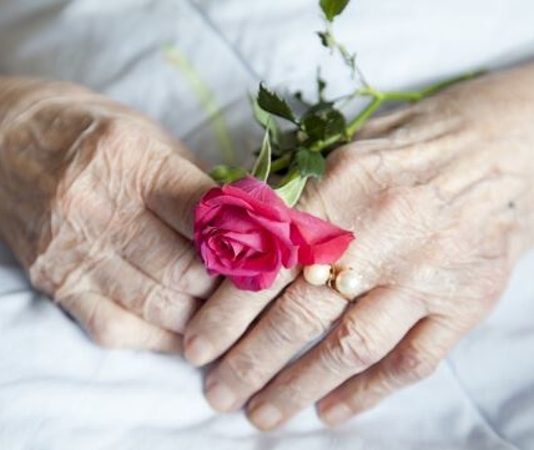By Brenda Avadian, MA, The Caregiver’s Voice
Not everyone has the same approach to caregiving. The differences are notable between men and women, sons and daughters, husbands and wives.
Are these differences as simple as the old adage that men don’t ask for directions, women do?
I recently talked with some family caregivers and gained insights on how men and women talk about caregiving differently.
Meet Rita and Frank
After many adventures along the twists and turns of an illustrious career, Colorado-based Rita Turner took time off to finish downsizing her Chicago-based mother-in-law’s home. She discussed options with her husband who promised his mom he’d care for her. They agreed to persuade her -- after her sudden onset of blindness -- to move into their home in Colorado. Rita’s mother-in-law had no other acceptable choice for care at the time. Frank was recently promoted at work to perform security services for adult wards of the state. He and Rita discussed their options and agreed but, as with many decisions in life, reality proved different than their expectations.
He said: Since you want to work part time so you can also care for Mom, how about if you care for her during the day until I get home from work at 3:30? I can then give you a break or take over while you go to work.
She said: Frank, it’s different when it comes to your mom. Even though you perform caregiving duties as part of your job and you’ve learned how to bathe and toilet your residents, do you feel uncomfortable helping your mom in these ways? I think all this falls upon me.
He said: Well, a lot falls on you, honey, because you are acting like a new mom. You’re afraid I won’t do things “right.” She is my mom!
They go back and forth before Frank admits: My excuse is I have Rita to toilet and bathe Mom. He laughs.
In the background, I hear Rita say, “He’s laughing, I am not.”
Rita and he agreed - she will be her mother-in-law’s primary caregiver 80% of the time.
Frank loves his mom and says he doesn’t expect Rita to do everything. Yet, each of them sees her needs differently. Frank sees her needs as more physical – that she is warm and fed. Rita sees her mother-in-law’s needs as more emotional. She doesn’t want her to feel lonely or depressed. Each tries to help in their own way. Which one can you relate to? While this caregiver dynamic was mutually agreed upon, reality shows that women still tend to do the lion’s share of the caregiving in society.
Furthermore, Rita and Frank express their need for caregiving support, differently.
Rita copes with the unique challenges of caregiving by having an honesty pact with her sister, Judie. A caregiver for her husband, who was recently diagnosed with Alzheimer’s disease, Judie and Rita share their caregiving burdens, worries and even humor, regularly.
She said: Talking with my sister makes me feel less alone. Even though my beloved husband is here, I can’t always express the extent of my frustration, because I’m caring for his mom. I believe it may be easier for professional in-home caregivers. They are not as involved in the family dynamic.
He said: [Frank, a stoic former Marine, says that he doesn’t see the need for a traditional support system.]
Not All Caregivers Are Women: Meet Bruce
Bruce Williams is the primary caregiver for his wife, Ann. She was diagnosed with younger-onset Alzheimer’s disease in 2011 at age 62. Bruce divides his time between their family farm in Ohio and the couple’s home along the east coast of Florida.
He said: Men don’t like to ask for help. It’s a sign of weakness to the male ego.
At one point -- soon after Ann’s diagnosis -- Bruce saw himself as her “care partner” because she played an active role in her care. As her condition worsened, he accepted a new reality. “I’m the one who needs a care partner. I realized caregiving is not a one-person job. I can’t do it on my own.”
Bruce asked for help. Their family friend, Ohio-based Sharon, helps about 20% of the time doing whatever needs to be done plus the “girly things.” This is Bruce’s label for Ann and Sharon’s outings. He enjoys his respite while “the girls” go shopping or get pedicures. Since Sharon uplifts Ann’s spirits so much, Bruce feels Sharon’s presence is a great benefit whenever she’s able to visit.
Regardless of gender differences, in order to survive, thrive and even find joy in the caregiving journey there needs to be open communication about expectations and needs, as well as a safe place to ask for needed support.





